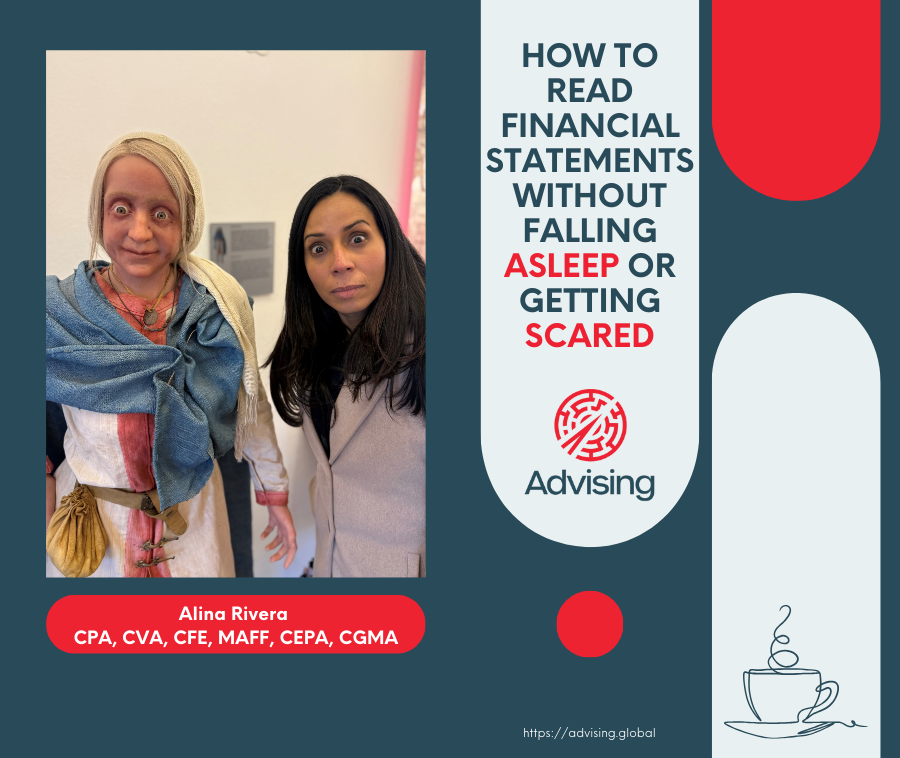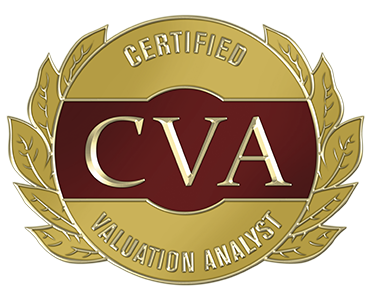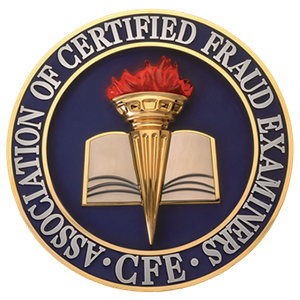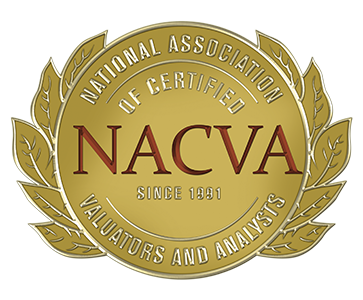
Your financial statements hold the truth, of course, if you’re brave enough to read them.
I had a client tell me they’d rather sort mismatched Tupperware lids than open their financial statements. I couldn’t stop laughing because I immediately pictured a chaotic cabinet with lids and containers doing their own thing.
And listen, I get it. The numbers can feel intimidating, dry, or like they’re written in a different language that only CPAs understand. But you can’t lead a business if you’re scared of numbers.
Avoiding your financials is like guessing how much gas is in the tank based on vibes, hoping air turns into fuel and you magically glide to the next gas station. It’s like driving out of San Juan with the gas light on and saying, “I’ve got enough to go to Ponce and back.” Well, you don’t!!!
(That’s about 94 miles / 150 kilometers round trip, for those unfamiliar with our Island.).
And when you run a business that way, on guesswork instead of clarity, you end up stuck. Maybe with a great idea, but no gas (or cash) to move forward.
Today, let’s break down the P&L, Balance Sheet, and Cash Flow Statement in a way that makes sense and makes money, without needing a CPA or a triple espresso (though un cafecito always helps).
Profit & Loss = Where the Drama Lives
This report shows what came in, what went out, and what’s left.
One business owner I worked with was celebrating their “best month ever” until we opened the P&L and saw that 80% of that revenue went straight to vendor costs and overdue rent.
Pay attention to:
- Gross Profit = Are you actually making money after costs?
- Operating Expenses = What are you really spending on and, does it make sense?
- Net Profit = What’s left for you?
Balance Sheet = Your Business Snapshot (or for my Gen Z readers, a Financial Selfie)
This shows what you own, what you owe, and what truly belongs to you. It’s not glamorous, but it’s powerful.
Look at:
- Assets = What your business owns: cash, equipment, inventory.
- Liabilities = Debts, bills, and obligations.
- Equity = What’s truly yours if everything else got paid off tomorrow.
This is where financial stability, or instability, shows up.
Cash Flow Statement = Where your business shows its real face. A business can look profitable on paper and still struggle to make payroll. I’ve seen it too many times.
Cash flow doesn’t lie, it tells you:
- Is more money coming in than going out?
- Are you burning through cash without realizing it?
- Can your business support growth, or are you barely getting by?
Look at:
- Operating activities: Is the core business generating more than it spends?
- Investing/Financing: Are you spending cash on big purchases or paying off debt?
Cafecito-Sized Takeaway You don’t have to be a finance expert, you just need to stop avoiding your numbers.
Understanding your financial statements means:
- Knowing when things are working or not
- Making better and faster decisions and with confidence
- Building a business that’s sustainable and valuable
- Stopping crossing your fingers every time tax season shows up
So grab your cafecito, open up that report, and take charge. You’re not here to guess. You’re here to lead.
Trust me! The numbers aren’t as scary as they seem. But not knowing them? Now that’s a horror story.













